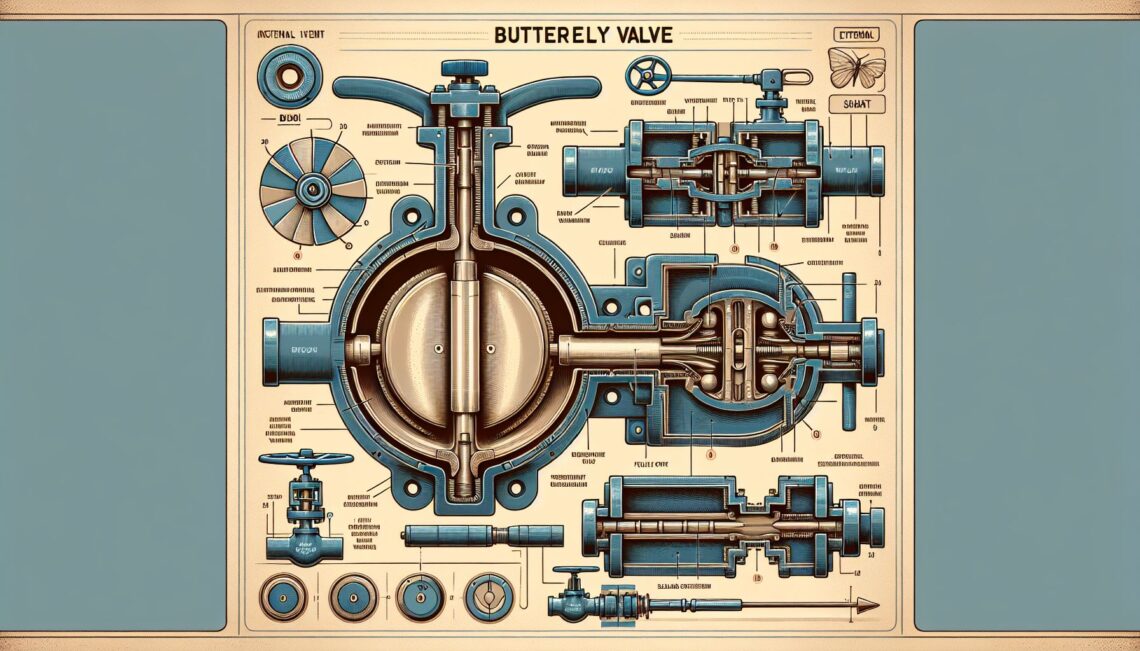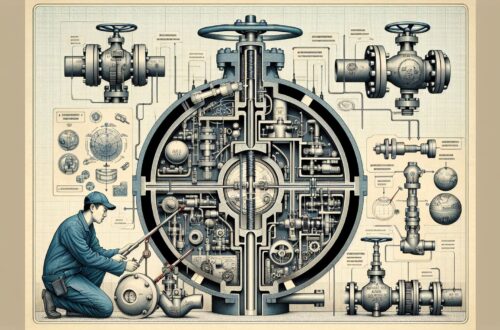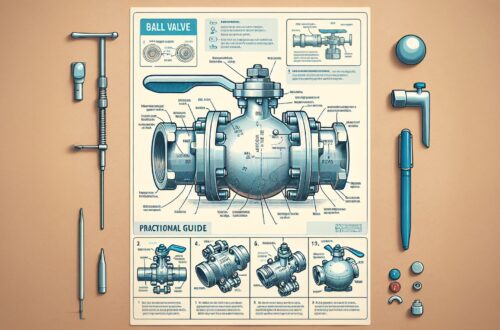
Butterfly Valves: A Comprehensive Guide
When it comes to valves, you’ve probably heard about or used quite a few. Butterfly valves, however, might not get the recognition they deserve. These highly useful and adaptable items are an often overshadowed part of many plumbing setups. Let’s dive deep into the world of butterfly valves, understanding what they are, how they work, their types and their applications in various industries.
Defining Butterfly Valves
Butterfly valves are a type of quarter-turn valve used to regulate or isolate the flow of fluids. This type of valve is light in weight, compact, and easy to install. Named after the disc’s butterfly-like appearance within the valve, its movement is similar to that of a butterfly flapping its wings — hence the name[^1^].
The butterfly valve comprises a disc mounted on a rotating shaft. When the valve is fully closed, the disc completely blocks off the pathway. When the valve is fully opened, the disc is rotated a quarter turn to completely open the valve’s passageway[^2^].
Types of Butterfly Valves
Broadly, butterfly valves can be classified into three types based on their seating styles:
-
Concentric Butterfly Valves: These are traditional butterfly valves with a rubber lining on the body’s inner side to ensure a tight seal.
-
Double-Offset Butterfly Valves: Also known as high-performance butterfly valves, they allow for higher pressure and temperature ranges.
-
Triple-Offset Butterfly Valves: Also known as triple eccentric valves, they are specially reinforced for extreme pressures and temperatures[^3^].
Applications of Butterfly Valves
The versatility and durability of butterfly valves make them suitable for a diverse range of applications. They’re frequently used in:
-
Water distribution, wastewater treatment, and other water-related industries.
-
Fire protection and cooling water systems.
-
Food and beverage processing industries, where sanitation is a critical factor.
-
The oil and natural gas industry to control flow and prevent backflow.
Additionally, they are commonly installed in large diameter pipes due to their compact footprint and lower costs.
Advantages of Butterfly Valves
There are several reasons why you might choose butterfly valves over other types of valves:
-
Compact and Lightweight: Butterfly valves are generally much lighter and smaller than most other types of valves, making them easier to install, particularly in confined spaces.
-
Lower Cost: Butterfly valves are generally less expensive than ball valves or gate valves of the same diameter.
-
Ease of Operation: Butterfly valves are easy to open and close quickly with their quarter-turn operation.
-
Versatility: Butterfly valves can be used with a wide range of temperatures and pressures and with many different types of fluids including water, gases, and corrosive liquids.
Despite their numerous advantages, remember that they’re not suitable for every application, especially where high precision flow control is needed or for thick, viscous liquids.
Choosing the Right Butterfly Valve
Selecting the ideal butterfly valve for your application requires careful consideration of several factors:
-
Material: The choice of material for the butterfly valve will largely depend on the fluid it will regulate and the environmental conditions where it will be installed.
-
Size: The valve size should match the pipe size where it will be installed.
-
Type: The type of butterfly valve to use will depend on the specific requirements of your system, such as pressure and temperature.
-
Operation: Depending on your application, you might opt for a manually operated butterfly valve or an automatically operated one.
In conclusion, butterfly valves serve an important role in various industrial sectors due to their operational efficiency, durability, versatility, and cost-effectiveness. Any system that requires reliable isolation or regulation of fluid flow will invariably benefit from the correct application of butterfly valves
[^1^]: Fluid Handling Pro — Butterfly Valve




